Flash rust is a form of corrosion that can happen on metal surfaces after they are cleaned or exposed to moisture, resulting in reddish-brown stains.
It can be prevented by using inhibitors like oxalic acid, muriatic acid, acetic acid or tannic acid. Homemade remedies are also options, including household vinegar, baking soda, and warm water. There’s nothing worse than seeing your beloved bike start to rust. Flash rust is a common problem that many bike owners face, especially when it’s exposed to moisture and humidity. We’ve got you covered if you’re looking for a quick and easy fix to protect your bike from flash rust.
Here we’ll cover everything you need to know about homemade flash rust inhibitors on bikes, the causes of it, how to treat it, prevent it, and most importantly – how to make your flash rust inhibitor for your bike. We’ll also discuss the needed materials and homemade flash rust inhibitor for bike and how to apply the inhibitor on your bike. So, if you want to keep your bike in tip-top shape and avoid costly repairs, read on.
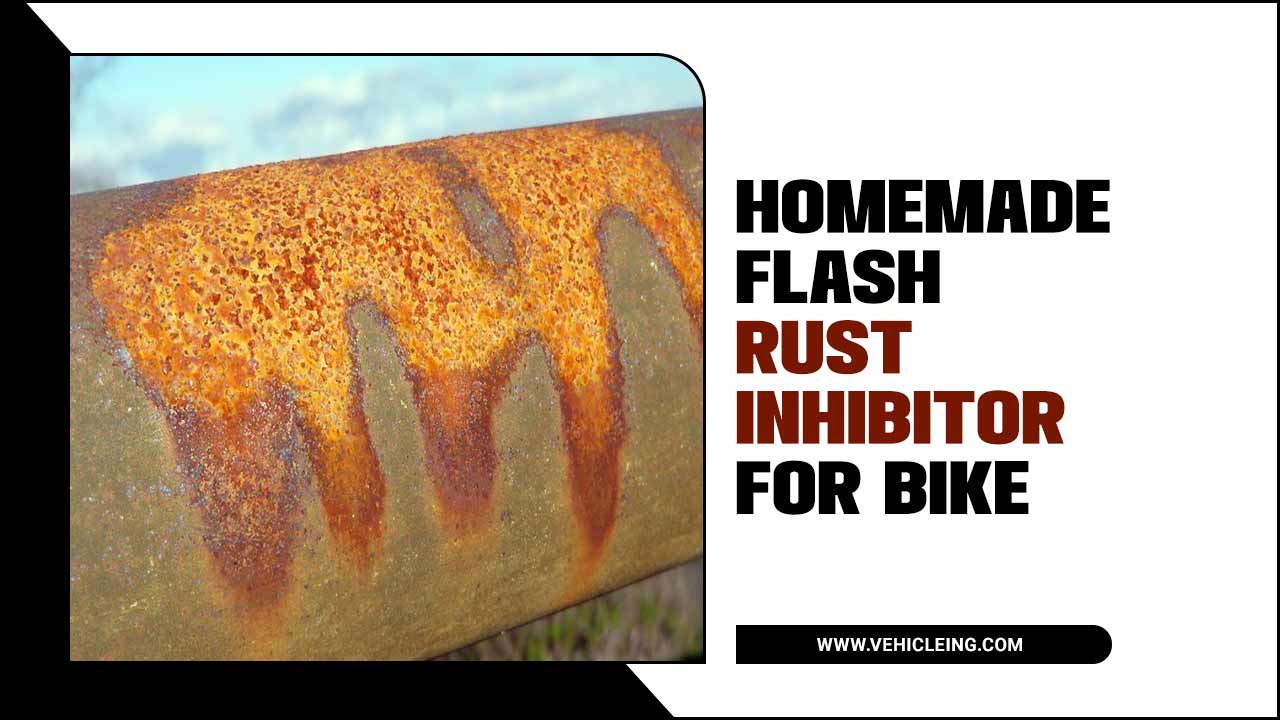
Why Wash Your Bike With Homemade Flash Rust Inhibitor?
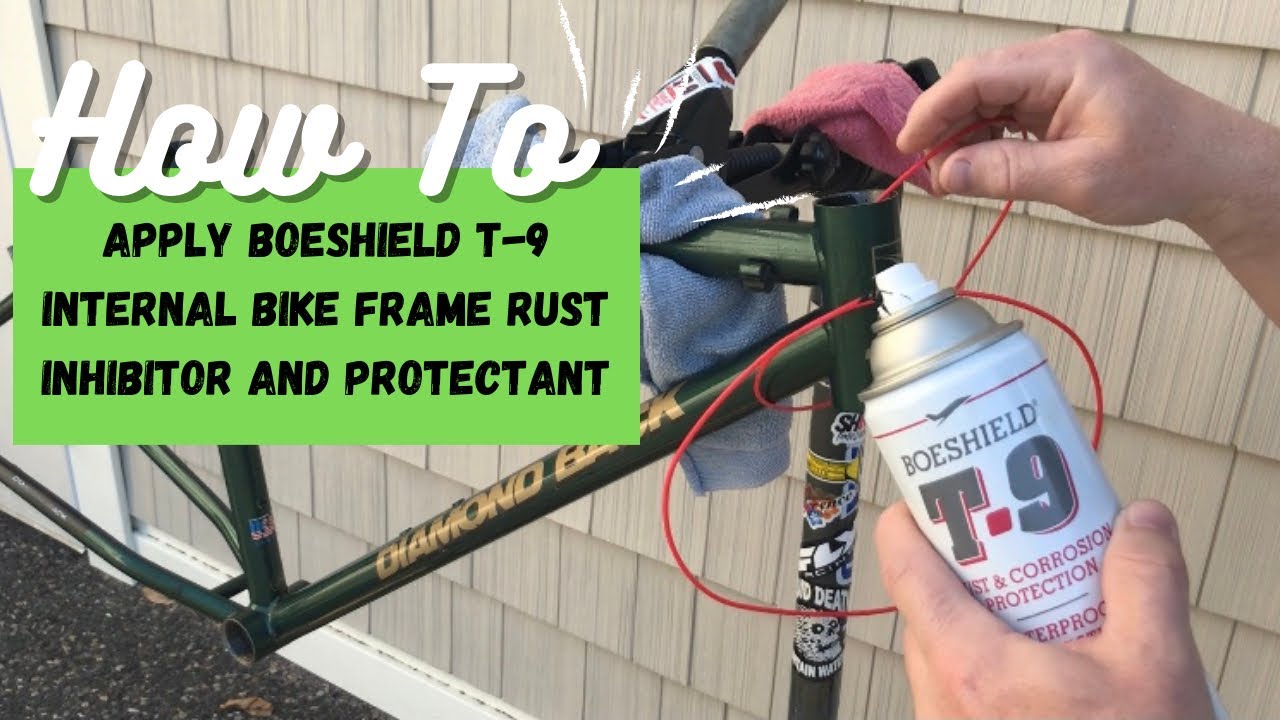
Cleaning your bike or motorcycle can be time-consuming, but keeping it in good condition is important to ensure it runs smoothly and lasts longer. A homemade flash rust inhibitor is one way to make cleaning more effective. This flash rust inhibitor can help prevent rust from forming on your bike while also making removing any existing rust or dirt buildup easier. Try it and see the difference in your bike’s appearance and longevity.
How To Use Homemade Flash Rust Inhibitor For Bike
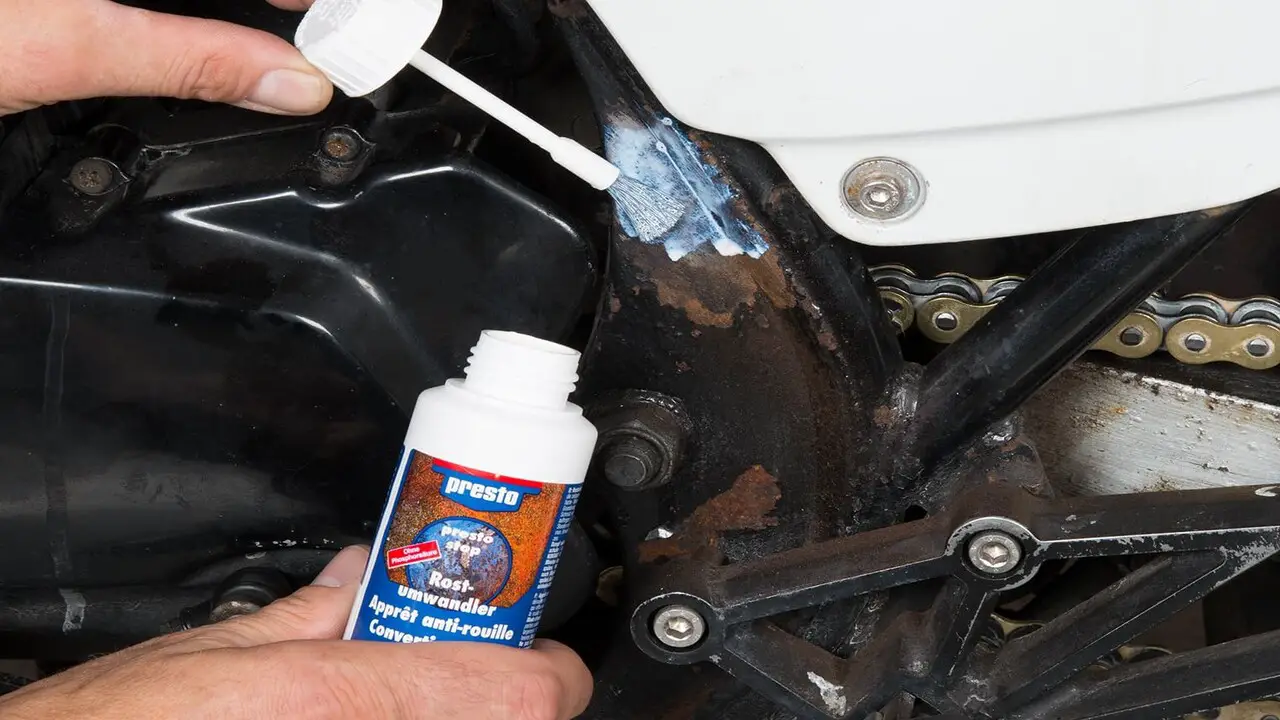
Protect your bike from flash rust by using an effective homemade solution. Combine the mixture with vinegar and water and complement it with a mineral or vegetable oil layer to defend against corrosion. Keep your bike clean, water and dry after every use, and choose rust-resistant materials for maintenance. Here’s how you can clean your bike with this handy solution:
- Mix equal parts water and white vinegar in a spray bottle.
- Spray the solution onto your bike, focusing on rust or dirt buildup areas.
- Let the solution sit for a few minutes before wiping it down with a soft cloth or sponge.
- For tougher grime, use a small brush to scrub the affected areas.
- Rinse your bike thoroughly with water and dry it off with a towel.
Mix white vinegar with water and pour the solution into a spray bottle to create your DIY rust inhibitor for metal parts. The natural strong acid in white vinegar helps remove stubborn residue and contaminants from metal surfaces without abrasive blasting or scraping. Here is a step-by-step instructions on using a homemade flash rust inhibitor for bikes.
Step 1: Prepare The Vinegar Solution
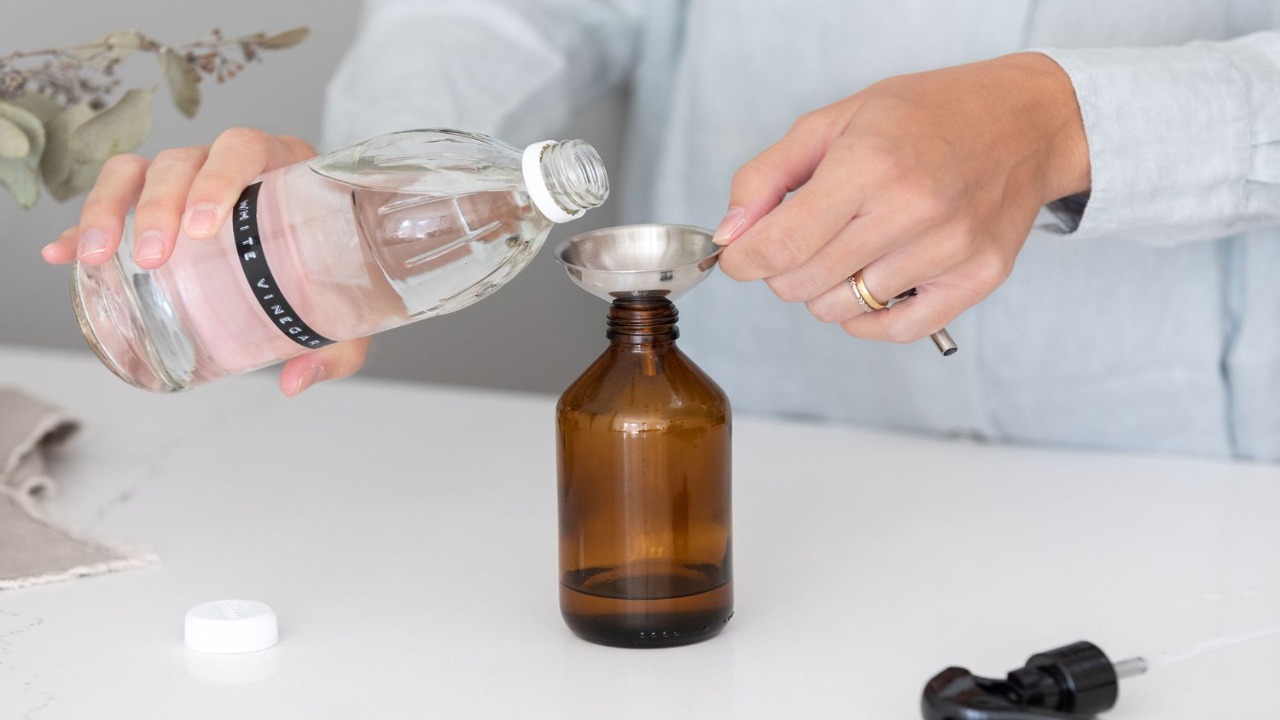
To prepare the vinegar solution, start by measuring the appropriate amount of hot water based on the specific application or recipe. Next, select a high-quality vinegar that meets your standards.
To achieve the desired strength, dilute the vinegar with soapy water using the recommended guidelines and measurements. Mix thoroughly for a uniform solution. Store any remaining solution in a fuel tank made of stainless steel to prevent surface rust. This will ensure that the solution remains effective for an extended period of time.
Step 2: Add Rust-Inhibiting Agents
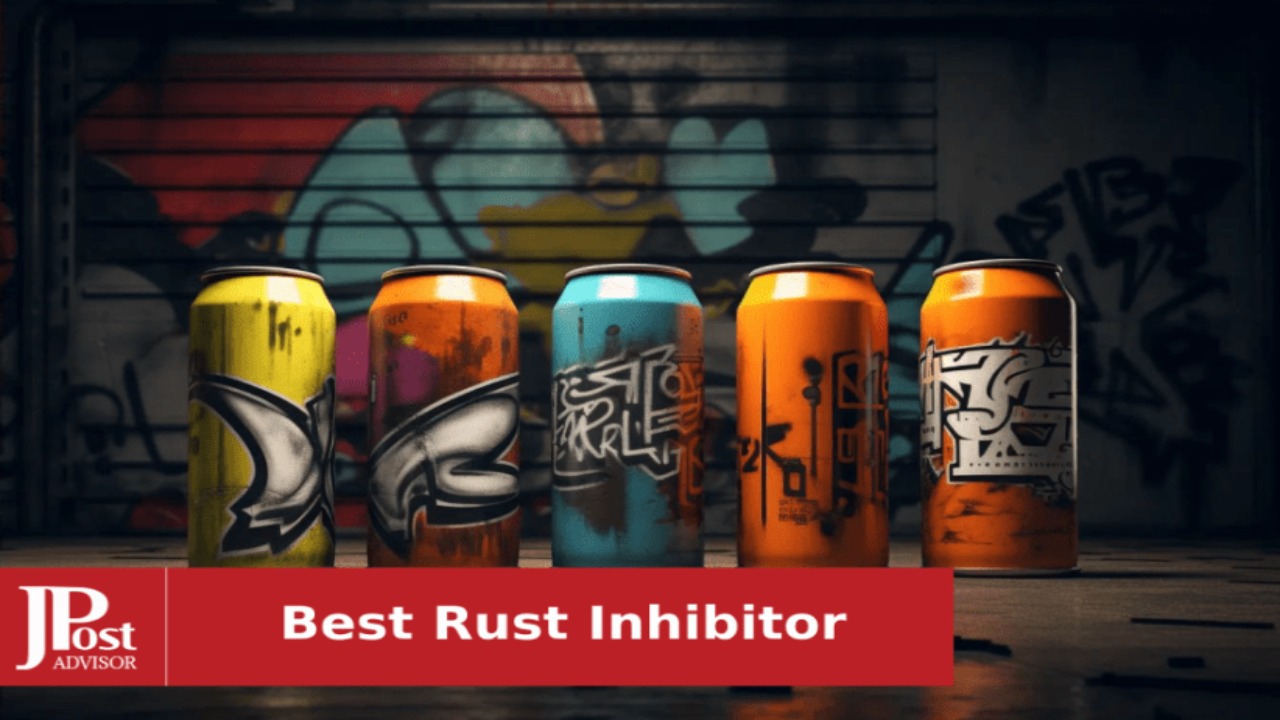
Using rust-inhibiting agents in the appropriate solutions is important to prevent rust remover. Phosphoric acid is a common and effective rust-inhibiting agent. Combined with vinegar, it enhances the solution’s ability to prevent rust formation.
Accurate measurement and adding the rust-inhibiting agent to the vinegar solution is crucial. Introducing phosphoric acid into the vinegar solution creates a chemical reaction that forms a protective layer on the metal surface, preventing oxidation and rust formation. This layer acts as a barrier, stopping moisture and oxygen from reaching the metal-rusted surface and inhibiting corrosion.
Step 3: Mix And Dissolve The Ingredients
To create a well-blended solution for rust removal, gather all necessary ingredients, including steel, clean water, and a rust-inhibiting agent. Before starting the process, ensure that the steel is free from any contaminants or light rust.
Carefully measure the appropriate amount of clean water using a measuring cup and pour it into a container. Then, add the measured amount of the rust-inhibiting agent, following the instructions for precision. Stir the mixture thoroughly using a stirring rod or a mechanical mixer to ensure the even distribution of the rust-inhibiting agent and to dissolve any clumps or undissolved particles. This will provide effective rust protection for the steel.
Step 4: Transfer The Solution To A Spray Bottle Or Container
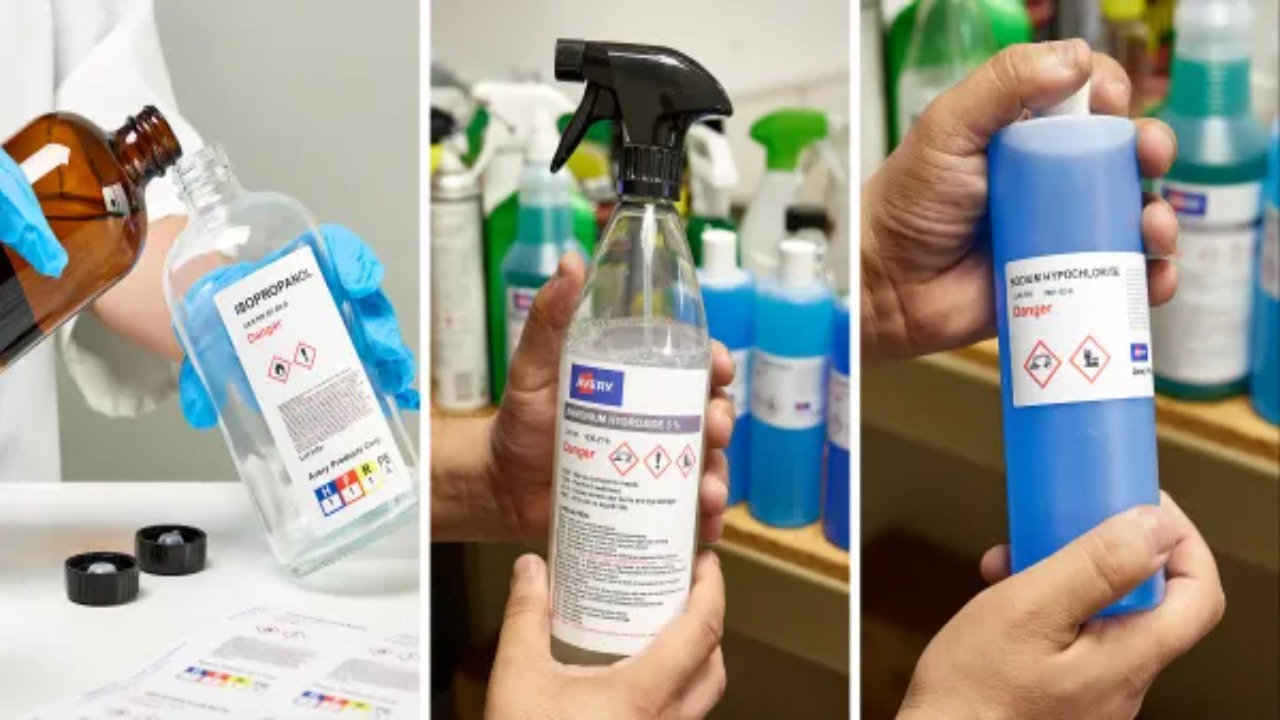
Transferring the prepared solution into a spray bottle or a suitable container is recommended to ensure convenient application. This step will enable easy and efficient distribution of the solution onto the desired surfaces.
To accomplish this, gently pour the solution into the selected container, ensuring it is properly sealed to prevent any leakage or spillage. A spray bottle is particularly advantageous as it allows for precise and controlled application of the solution, enabling targeted coverage in specific areas. Additionally, spray bottles promote even distribution, preventing excessive or uneven application.
Step 5: Apply The Homemade Flash Rust Inhibitor To The Bike
To prevent rust spot formation on your bike, apply a homemade flash rust inhibitor. Spray or brush the solution onto susceptible areas like the frame, handlebars, and exposed metal parts. Ensure thorough coverage for maximum rustproof protection. Let it dry completely before using or storing the bike to form a protective barrier against rust.
This step guarantees proper adherence and prevents washaways in rainy or moist conditions. By using this homemade inhibitor, you are investing in your bike’s long-term well-being. Wire brushes are essential tools for removing rust and corrosion from metal surfaces. XCP rust blocker is a highly effective product for preventing bike flash rust.
Causes Of Flash Rust On Bikes
Flash rust on bikes is a common problem due to various factors. One of the main causes of flash rust is exposure to moisture, which can lead to oxidation and the formation of rust on metal components. Other factors contributing to flash rust include exposure to saltwater and other corrosive substances and poor storage conditions.
To prevent flash rust from occurring, it is important to keep your bike dry and store it in a cool, dry place. Regular maintenance, such as cleaning and lubricating metal components, can also help prevent rust from forming. If you notice signs of flash rust on your bike, it is important to address the issue promptly to prevent further damage and ensure the longevity of your bike.
How To Prevent Flash Rust On Bikes
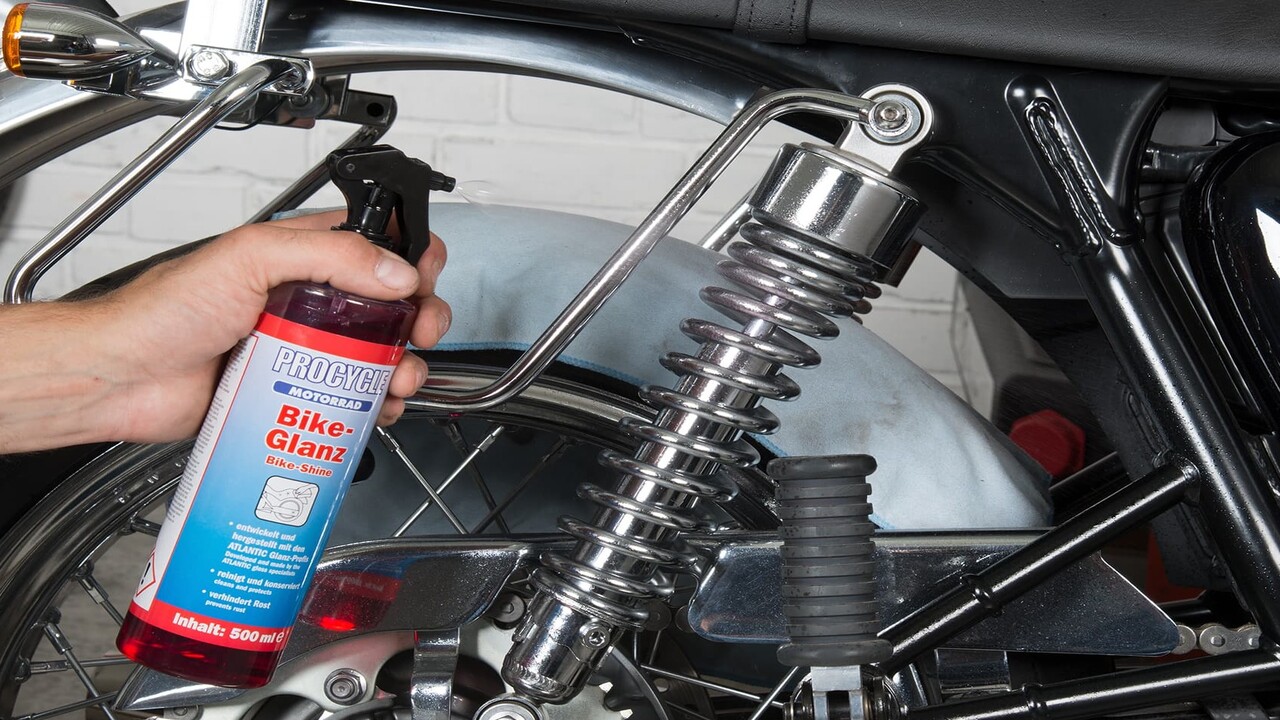
Flash rust is a common problem for bike owners, but there are several steps you can take to prevent it from occurring. First, ensure your bike is properly cleaned and dried after each use. This will help remove any moisture that may be present on the surface of the bike. As this can lead to rust formation. You can also apply a protective coating to the metal parts of your bike, such as a clear lacquer or wax, which will help prevent moisture from coming in contact with the metal.
Another way to prevent flash rust is to store your bike in a dry area with good ventilation, away from sources of moisture such as humidifiers or water heaters. Finally, regularly inspect your bike for signs of rust and address any issues promptly before they become major problems. These simple steps can keep your bike looking great and running smoothly for years.
Side Effects Of Using Quick Fix For Bike
Quick fixes like DIY flash rust inhibitors may cause negative effects on your bike. They are often not a permanent solution and can lead to further damage. However, it is essential to note that homemade solutions may not have been tested for safety or effectiveness, so it’s crucial to use them cautiously.
Correct usage of these solutions involves mixing baking soda or vinegar with water and then applying the mixture using a cloth or spray bottle onto the clean surfaces of your bike’s metal parts. Remember to rinse the treated area with water thoroughly and dry completely. To prevent rusting on the metal surface, apply a protective coating of rust, such as wax or epoxy.
The Benefits Of Using A Flash Rust Inhibitor For Your Bike
Using a flash rust inhibitor for your bike can provide several benefits. First and foremost, it can help to protect your bike from rust and corrosion, which can cause serious damage over time. Using ingredients such as white vinegar, baking soda, and oil. You can create a natural rust inhibitor that is both effective and affordable. Fuel is essential for powering vehicles and machinery, allowing them to operate efficiently.
This solution will neutralize any existing rust on your bike while preventing new rust from forming in addition to its protective properties. Overall, using a homemade rust inhibitor is an easy and practical way to keep your bike looking great and functioning well for years.
How Often To Apply The Inhibitor To Prevent Flash Rust
When preventing flash rust on metal surfaces. Flash rust inhibitors can be a cost-effective and efficient solution. However, it is important to apply the inhibitor regularly to maintain its effectiveness. The frequency of application will depend on various factors, including the type of metal surface and the environmental conditions.
Applying the inhibitor every 6-12 months or as needed based on visible signs of flash rust is recommended as a general rule of thumb. With the right technique and paint, you can easily elevate the look of your bike. The hose rust converter is useful for preventing flash rust on bikes during storage.
Common Mistakes To Avoid When Making And Applying The Inhibitor
When making and applying a flash rust inhibitor. It is important to avoid common mistakes that can affect its effectiveness. One common mistake is using the wrong ratio of ingredients, which can result in an inhibitor that is too weak or too strong. Mixing the ingredients thoroughly to ensure they are properly combined is also important.
When applying the inhibitor, follow the instructions carefully and apply it evenly to all surfaces. Another mistake to avoid is letting the inhibitor sit for too long before rinsing it off, as this can cause damage to the metal surface. By avoiding these common mistakes, you can create and apply a flash rust inhibitor that protects your metal surfaces from corrosion.
Conclusion
Now that you know how easy creating your homemade flash rust inhibitor for bikes is, protecting your bike from corrosion and rust becomes a breeze. With readily available ingredients, you can keep your bike shining and rust-free for longer. Remember, prevention is better than cure, and taking good care of your bike can save you a lot of money in the long run.
Following the simple steps outlined here, you can easily make your rust inhibitor using readily available ingredients. Not only will this save you money, but it will also ensure that you have an effective and eco-friendly solution for keeping your bike clean and protected. So why not give it a try?
Frequently Asked Questions
What Can I Use To Prevent Flash Rust?
To prevent flash rust on bike parts, use a solution of equal parts white vinegar and water in a spray bottle, leaving it on for 10-15 minutes before wiping with a clean rag. Regular cleaning and maintenance can also help prevent flash rust. Note that this method may not be suitable for all types of metal or finishes.
What Can I Put On Bare Metal To Prevent Flash Rust?
Use a homemade vinegar and water mixture or commercial rust inhibitors to prevent flash rust on bike parts. Apply with a spray bottle or cloth. Regular cleaning and maintenance can also help. Note that some oil-based products may not be suitable for certain types of metal.
How Do You Stop Flash Rust From Metal Soaking In Vinegar?
To prevent flash rust from metal soaking in vinegar, rinse with water and dry thoroughly. Apply a rust inhibitor or homemade paste made from baking soda and water before storing. These steps can help protect the metal from rust formation.
Will Wd-40 Prevent Flash Rust?
While WD-40 can aid in preventing flash rust on metal surfaces, it is not a permanent solution and may require frequent reapplication. Homemade solutions like vinegar and baking soda may also help. Ensure the metal surface is thoroughly cleaned before applying any rust inhibitor for optimal results.
How Can You Avoid Flash Rust During Wet Blasting?
To prevent flash rust during wet blasting, apply a rust inhibitor solution to the surface immediately after blasting while it’s still wet. You can make a homemade solution using white vinegar and water. Ensure the surface is completely dry after applying the solution to avoid additional problems.
